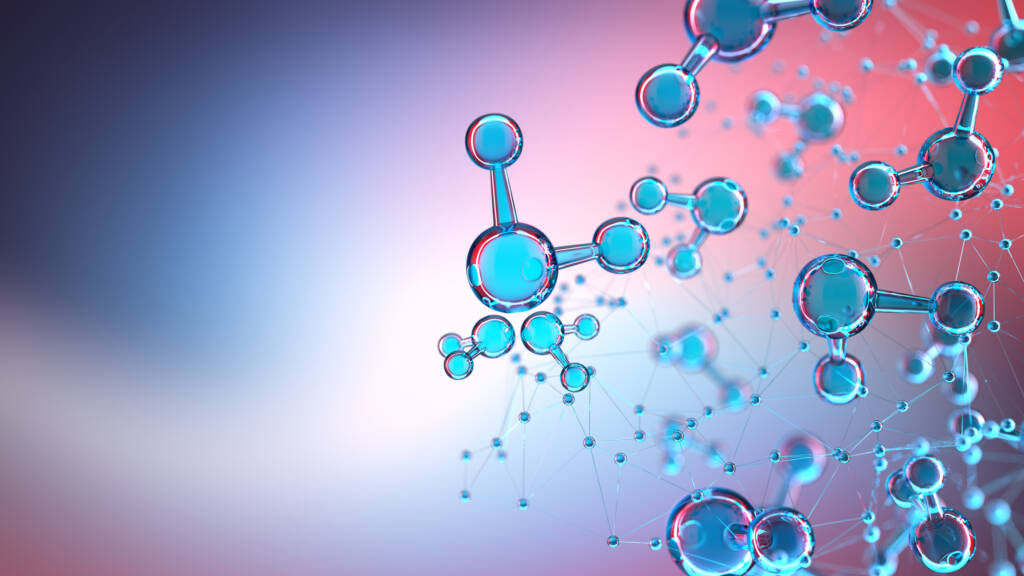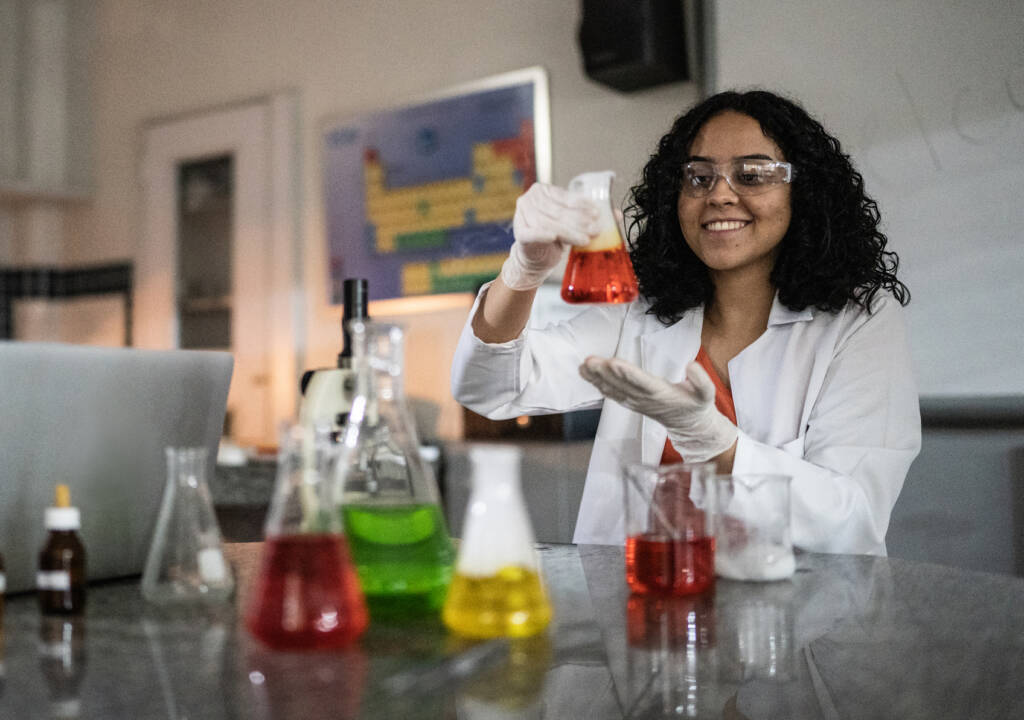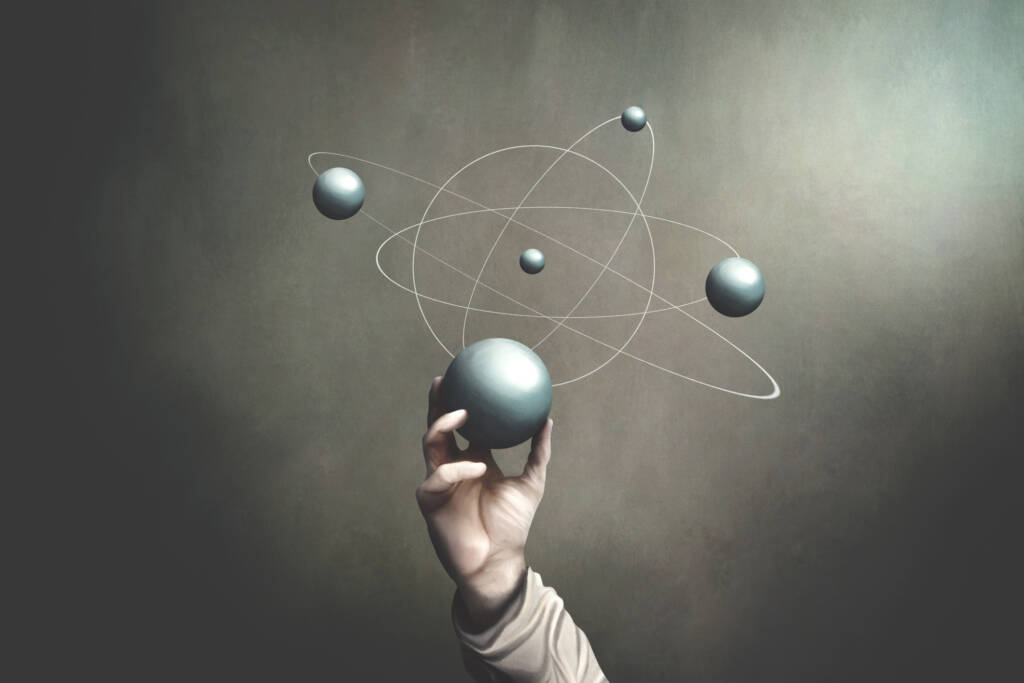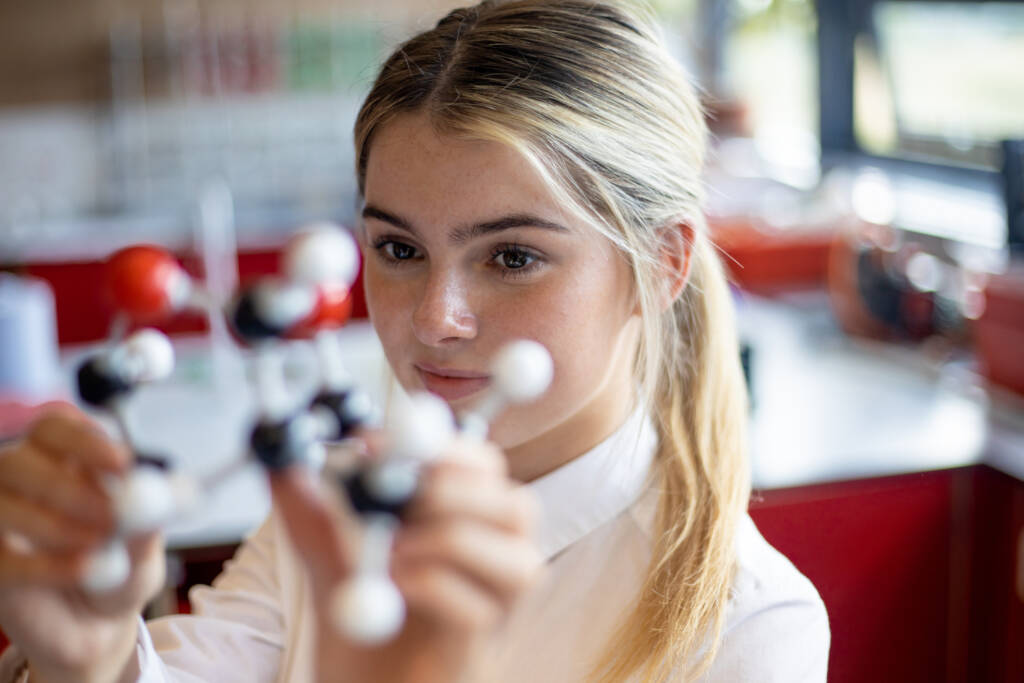
Chemistry 1/Chemistry 1 Honors (lab)

Description: In this course, students will study of the foundations of chemistry, building on the concepts and scientific thinking developed in middle school science. Students use scientific inquiry and higher-order problem-solving as they explore the composition, properties, and changes of matter and their applications through interactive simulations, engineering solutions, and virtual and hands-on experiences. The scientific process is fully used and documented in lab investigations, giving students the skills they need to analyze data and make inferences about natural phenomena. In addition, technology, engineering, and mathematics (STEM) concepts are integrated throughout the course. Through phenomenon-based learning, students will be able to demonstrate a vast understanding of the importance of chemistry in the world, enabling them to apply these principles to their everyday lives and our global society.
Major Topics and Concepts
Segment One:
- Learn about the mathematical skills and measurement systems used in chemistry
- Interpret scientific data and explain relationships between variables based on data
- Follow the scientific method to conduct various laboratory investigations
- Explore the differences between all states of matter and the classification of matter
- Differentiate between physical and chemical properties and changes in matter
- Explore the development of the scientific model of atoms from investigations of the past
- Use the model of the atom to understand subatomic particles and read the periodic table
- Read the periodic table and determine the general properties of elements, groups, and families
- Utilize the periodic table as a fundamental tool for a variety of chemistry problems and applications
- Write electron configurations and draw orbital notation models for atoms
- Determine valence electrons and bonding properties of atoms
- Read, write, interpret, and model chemical formulas for ionic and covalent bond
- Compare the different intermolecular forces in compounds and model molecule structures
- Apply the law of conservation of mass to balance chemical equations
- Classify synthesis, decomposition, combustion, single and double replacement, and redox chemical reactions
- Compare the fundamental forces and chemical and nuclear reactions
Segment Two:
- Understand the use of the mole as a significant unit of measurement in chemistry applications
- Determine mass, molar mass, and number of particles for elements and compounds
- Use balanced chemical equations to determine mole ratios for stoichiometric calculations
- Perform a variety of stoichiometric calculations, including percent yield and limiting reactants
- Differentiate between the different forms of energy and the interaction between thermal energy and matter
- Describe the properties and behavior of matter in relation to kinetic theory
- Read, interpret, and construct heating and cooling curves
- Learn about and apply various gas law relationships and the ideal gas law
- Distinguish between endothermic and exothermic reactions and processes
- Explore the concepts of enthalpy and potential energy diagrams for chemical reactions
- Differentiate between open, closed, and isolated systems
- Explore the various factors that affect the rate of chemical reactions and the concept of dynamic equilibrium
- Apply Le Châtelier’s principle to predict the outcomes of stress on a reaction in equilibrium
- Understand how the various properties of water make it suitable for processes on Earth
- Perform molarity and dilution calculations
- Compare and contrast acids and bases and calculate the pH or pOH of a solution
Course Materials
Required Materials: Students will need a scientific or graphing calculator, access to a stovetop or heat source, various kitchen tools or pantry items, and common household tools or items. Please read the lab descriptions carefully for the necessary tools and supplies to be prepared.
Competencies
Matter
Students will demonstrate an understanding of matter by describing scientific measurement, explaining forms of energy, describing properties of matter, and summarizing changes in matter.
Atoms and Elements
Students will demonstrate an understanding of atoms and elements by summarizing atomic theory, describing characteristics of electrons, and explaining the elements of the periodic table.
Molecules and Compounds
Students will demonstrate an understanding of molecules and compounds by explaining characteristics of valence electrons, describing processes of bonding, and describing molecular structure and naming.
Chemical Reactions
Students will demonstrate an understanding of chemical reactions by describing the components and balancing of chemical equations, and comparing types of chemical reactions.
Stoichiometry
Students will demonstrate an understanding of stoichiometry by explaining the importance of the mole, describing the empirical formula, evaluating stoichiometry calculations, and explaining the application of stoichiometry.
Phases of Matter
Students will demonstrate an understanding of the phases of matter by describing particle motion and energy, explaining the phase changes of matter, and describing gas laws.
Energy in Reactions
Students will demonstrate an understanding of energy in reactions by describing energy in a system, explaining collision and chemical reactions rates, and explaining dynamic equilibrium.
Solutions
Students will demonstrate an understanding of solutions by summarizing properties of water, describing the concentrations of solutions, and explaining the properties of acids and bases.

